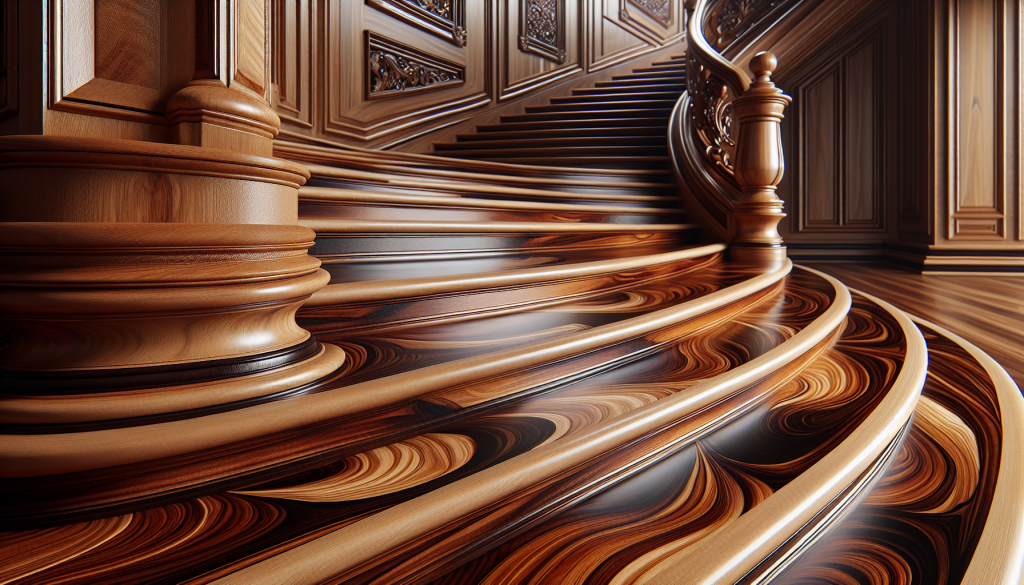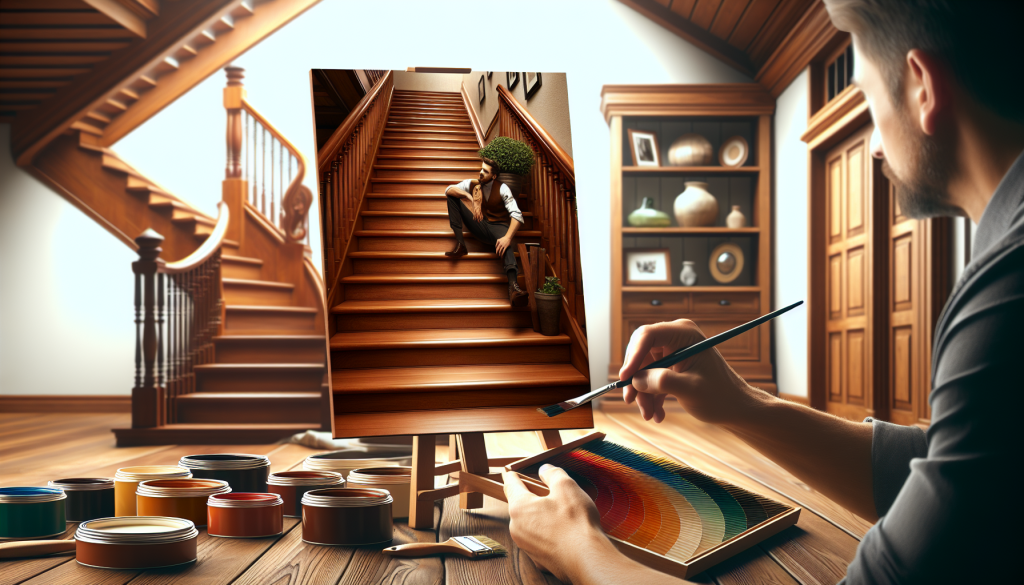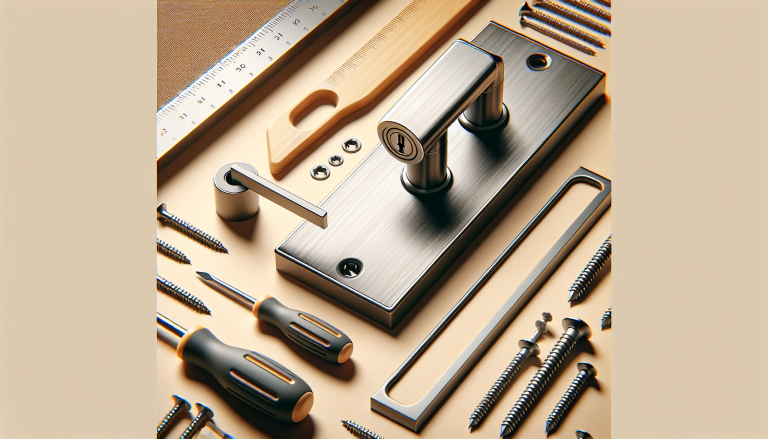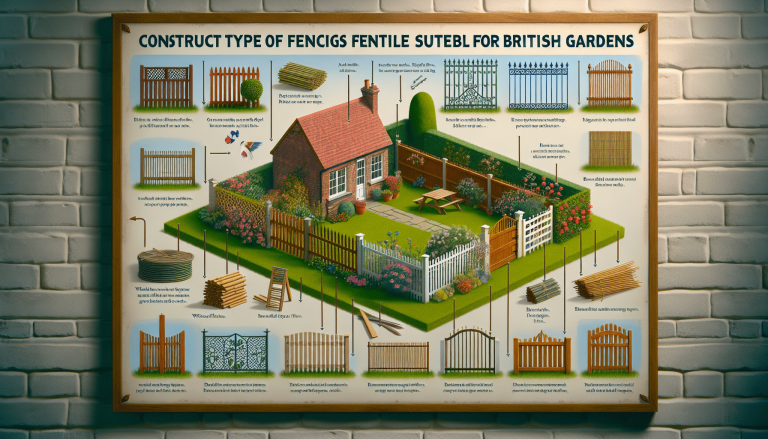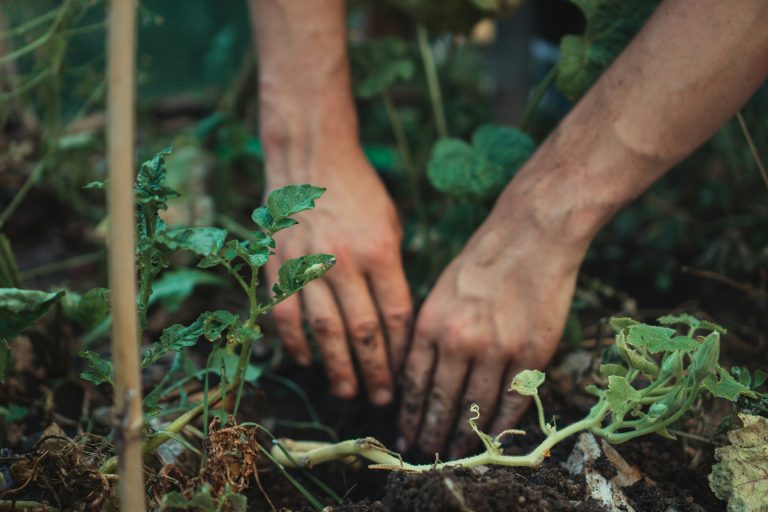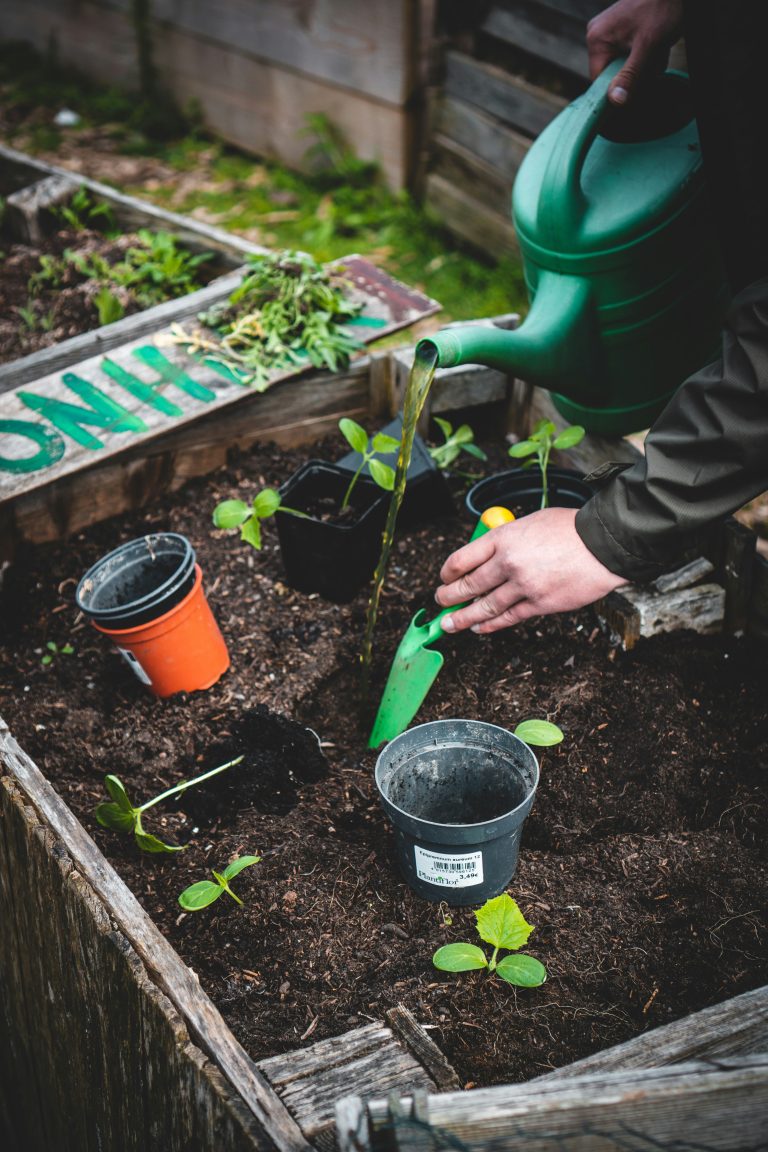If you have a wooden staircase in need of a refresh, you may be wondering about the best practices for refinishing it. Whether you’re a DIY enthusiast or hiring a professional, there are a few key steps to ensure a successful refinishing project. From preparing the surface to choosing the right finish, this article will guide you through the process of bringing new life to your wooden staircase.
Table of Contents
ToggleAssessing the condition of the wooden staircase
Checking for structural integrity
When considering refinishing a wooden staircase, it is crucial to begin by assessing the condition of the stairs. Start by checking for any signs of structural damage such as loose or wobbly steps, cracked support beams, or weakened handrails. These issues should be addressed before proceeding with the refinishing process to ensure the safety and stability of the staircase.
Identifying any damage or wear
Next, take the time to thoroughly inspect the staircase for any visible signs of damage or wear. Look for scratches, dents, or stains on the surface of the stairs, as well as any splintering or gouges that may need to be repaired. Additionally, keep an eye out for signs of water damage or insect infestation, as these issues can compromise the integrity of the wood and require specific treatments.
Taking measurements
Before diving into the refinishing process, it is essential to take accurate measurements of the staircase. This step will help with estimating the amount of materials needed, such as paint or stain, and ensure a smooth and even application. Measure the width, height, and depth of each step, as well as the length and width of the handrails. This information will be invaluable when it comes time to gather the necessary tools and materials for the project.
Preparing the staircase for refinishing
Removing carpeting or other coverings
If your wooden staircase is currently covered by carpeting or other types of coverings, the first step is to remove these materials. Carefully rip up the carpeting, being cautious not to damage the wood underneath. Use pliers or a pry bar to remove any tack strips or adhesive residues. Once all coverings are removed, vacuum or sweep the stairs to ensure a clean surface to work with.
Stripping off the old finish
If your wooden staircase has a previous finish, such as paint or varnish, it’s important to remove it before refinishing. There are various methods to strip off the old finish, including chemical strippers, sanding, or scraping. Research and choose the method that best suits your needs and follow the instructions carefully. Stripping off the old finish will allow the new finish to adhere better and provide a more professional and long-lasting result.
Sanding the surface
After removing the old finish, the next step in preparing the staircase for refinishing is to sand the surface. Sanding will smooth out any imperfections and create a clean and even surface for the new finish. Start with a coarse-grit sandpaper to remove any roughness, then gradually move to finer grits for a smoother finish. Be sure to sand in the direction of the wood grain and pay extra attention to any high-traffic areas that may require more sanding.
Repairing and filling any damages
Fixing loose or broken stairs
During the assessment phase, if you discovered any loose or broken stairs, it is essential to fix them before proceeding with refinishing. Secure any loose steps by adding screws or nails to reinforce their stability. For broken stairs, carefully remove the damaged piece and replace it with a new one. Ensure that the replacement matches the size and shape of the original step to maintain a consistent appearance.
Filling gaps or cracks
If there are any noticeable gaps or cracks in the wood, it is important to fill them before refinishing. Use a wood filler that matches the color of the surrounding area to seamlessly blend the repairs into the staircase. Apply the filler with a putty knife and smooth it out to create an even surface. Allow the filler to dry completely before sanding it down to achieve a flush finish.
Replacing missing parts
In some cases, parts of the staircase may be missing or beyond repair. If this is the case, it is crucial to replace these components to maintain the structural integrity and aesthetics of the staircase. Contact a professional or consult a reputable woodworking supplier to find the appropriate replacement parts and ensure they are installed correctly.
Choosing the right refinishing method
Determining the type of finish
When refinishing a wooden staircase, it is important to consider the type of finish you want to achieve. There are various options to choose from, such as stain, paint, or clear protective coatings. Stain allows the natural wood grain to show through and can give a warm and rich appearance. Paint provides an opportunity to add color and create a more dramatic or modern look. Clear protective coatings, such as polyurethane, offer durability and enhance the natural beauty of the wood. Consider your personal style, the overall aesthetic of your home, and the level of maintenance required for each finish when making your decision.
Deciding between DIY or professional refinishing
Once you have determined the type of finish you want, it’s time to decide whether to tackle the refinishing project yourself or hire a professional. DIY refinishing can be a rewarding and cost-effective option, especially for those with some woodworking experience. However, if you are unsure about your skills or if the staircase requires extensive repairs, it may be best to enlist the help of a professional. They will have the expertise and specialized tools necessary to ensure a high-quality and long-lasting result.
Considering eco-friendly options
In today’s environmentally conscious world, it is worth considering eco-friendly refinishing options for your wooden staircase. Look for products labeled as low VOC (Volatile Organic Compounds), which have reduced harmful emissions. Additionally, consider using water-based finishes instead of solvent-based ones, as they are generally more environmentally friendly. Research eco-friendly products and techniques to minimize your impact on the environment while still achieving a beautiful finish for your staircase.
Gathering the necessary tools and materials
Required tools for refinishing
Before starting the refinishing process, gather all the necessary tools to ensure a smooth and efficient workflow. Some essential tools you may need include sandpaper or a sanding block, paintbrushes or foam applicators, a putty knife, a hammer, a drill or screwdriver, a pry bar, a tape measure, and a vacuum or broom for cleanup. Having all your tools ready and easily accessible will save you time and frustration throughout the refinishing process.
Essential materials for the job
In addition to tools, gather the essential materials needed for refinishing your wooden staircase. This may include paint or stain, wood filler, replacement parts if necessary, masking tape or painter’s tape, and cleaning supplies. Ensure that you have enough materials to cover the entire staircase adequately and achieve the desired finish. Consider the size of your staircase and any specific requirements mentioned by the manufacturer of the chosen finish when calculating the amount of paint or stain needed.
Protective gears and safety equipment
Before diving into any refinishing project, it is crucial to prioritize safety. Protect yourself by wearing appropriate safety gear, such as safety glasses, a respirator or dust mask, and gloves. Refinishing can create dust, chemicals, and fumes, so ensure that your workspace is adequately ventilated. Additionally, consider using drop cloths or plastic sheeting to protect the surrounding area from any spills or splatters.
Applying the new finish
Selecting the appropriate finish
Once you have prepared the wooden staircase and gathered all the necessary tools and materials, it’s time to apply the new finish. Consider the type of finish you have chosen and its specific application instructions. Some finishes may require multiple coats, while others may need to be applied with certain techniques, such as brushing or wiping. Follow the manufacturer’s guidelines carefully to achieve the best results.
Applying stain or paint
If you have chosen to stain or paint your wooden staircase, take care to apply the finish evenly and smoothly. Begin by applying the finish to the edges and corners using a smaller brush. Then, move on to the larger surfaces, working in small sections to ensure an even application. Take your time and use long, smooth strokes to minimize visible brush marks or roller lines. If necessary, apply multiple coats, allowing each coat to dry fully before proceeding.
Using a clear protective coating
If you have decided to use a clear protective coating, such as polyurethane, it is crucial to apply it correctly to achieve a durable and long-lasting finish. Start by stirring the coating thoroughly to make sure it is well mixed. Using a high-quality brush or foam applicator, apply the coating in long, even strokes, following the direction of the wood grain. Take care to avoid drips or pooling of the coating. Allow each coat to dry completely before lightly sanding and applying additional coats as needed.
Proper techniques for refinishing
Applying even coats of finish
One of the keys to achieving a professional-looking finish on your wooden staircase is to apply the finish in even coats. Whether you are staining, painting, or using a clear protective coating, take your time and work methodically. Use long, smooth strokes to ensure an even distribution of the finish and minimize noticeable brush marks or roller lines. Avoid applying too much finish in one area, as this can result in uneven drying and an unsightly appearance.
Allowing adequate drying time
Proper drying time is crucial for a successful refinishing project. After applying each coat of finish, allow it to dry fully according to the manufacturer’s instructions. Rushing the drying process can lead to imperfections, such as bubbling or peeling. Additionally, avoid any heavy traffic or placing objects on the stairs until the finish is completely cured. Patience is key when it comes to achieving a durable and beautiful finish for your wooden staircase.
Using proper sanding techniques
Sanding plays a critical role in preparing the wooden staircase for refinishing and ensuring a smooth final result. When sanding, always follow the direction of the wood grain to avoid creating scratches or marks. Start with a coarse-grit sandpaper to remove any imperfections, then gradually move to finer grits for a smoother finish. Be sure to sand all surfaces evenly, including edges and corners, to create a cohesive look. After applying the finish, use fine-grit sandpaper between coats if necessary to achieve a silky-smooth surface.
Maintaining the refinished wooden staircase
Cleaning and caring for the surface
Once your wooden staircase has been refinished, it is important to establish a regular cleaning and maintenance routine to keep it looking its best. Sweep or vacuum the stairs regularly to remove dust, dirt, and debris that can scratch the surface. Depending on the type of finish, you may also need to periodically clean the stairs with a mild wood cleaner or simply a damp cloth. Avoid using harsh chemicals or abrasive cleaning tools, as they can damage the finish.
Preventing future damage
To maintain the beauty and longevity of your refinished wooden staircase, take steps to prevent future damage. Place felt pads or coasters under furniture to avoid scratching the surface. Encourage family members and guests to remove their shoes before walking on the stairs to prevent dirt or gravel from causing scratches or dents. Additionally, consider using carpet runners or stair treads to protect high-traffic areas and add extra traction.
Regular inspections and maintenance
Perform regular inspections of your refinished wooden staircase to identify any signs of wear or damage. Look for any loose or squeaky steps, cracks in the finish, or areas that may need a touch-up. Addressing these issues promptly will prevent them from worsening and requiring more extensive repairs down the line. Additionally, periodically check the handrails and balusters for stability and make any necessary adjustments or repairs.
Common mistakes to avoid
Skipping the thorough prep work
One of the most common mistakes when refinishing a wooden staircase is skipping or rushing through the preparation phase. Taking the time to assess the condition of the stairs, properly repair any damages, and adequately prepare the surface for refinishing is essential for achieving a high-quality and long-lasting result. Neglecting these steps can lead to uneven finishes, poor adhesion, and premature wear and tear.
Using the wrong type of finish
Choosing the wrong type of finish for your wooden staircase can have detrimental effects on both its appearance and durability. Consider the level of foot traffic the staircase receives, the maintenance requirements of each finish, and how well it complements the overall aesthetic of your home. Take the time to research and understand the characteristics and limitations of different finishes to ensure you make the best choice for your specific needs.
Not following safety practices
Refinishing a wooden staircase can involve working with chemicals, fumes, and potentially hazardous tools. Failing to prioritize safety can result in accidents, injuries, or exposure to harmful substances. Always wear the appropriate safety gear, work in a well-ventilated area, and follow the manufacturer’s instructions for any chemicals or finishes used. If you are unsure about a particular task or lack the necessary experience, consider seeking professional help to avoid any potential risks.
Final tips and considerations
Seeking professional help if unsure
While refinishing a wooden staircase can be a rewarding DIY project, it’s important to recognize your limitations. If you are unsure about your skills or encounter significant structural issues during the assessment, it may be best to seek professional help. Hiring a reputable contractor or woodworker experienced in refinishing stairs will ensure the job is done correctly and maintain the integrity and safety of your staircase.
Considering personal style and preferences
When refinishing your wooden staircase, don’t forget to consider your personal style and preferences. Take into account the overall aesthetic of your home and choose a finish that complements your existing decor. Consider consulting with an interior designer or seeking inspiration from design magazines or online platforms to help guide your decision-making process. Remember, refinishing your staircase is an opportunity to enhance the beauty of your home and showcase your unique style.
Budgeting for the project
Before diving into the refinishing process, it is important to establish a budget for the project. Consider the cost of materials, tools, and any professional assistance you may require. Research different options and price ranges to ensure you are prepared financially. By establishing a budget, you can make informed decisions, prioritize certain aspects of the project, and avoid any unexpected expenses.
In conclusion, refinishing a wooden staircase requires thorough assessment, preparation, and attention to detail. By checking for structural integrity, identifying damage, and taking accurate measurements, you can set a solid foundation for the refinishing process. Repairing any damages, choosing the right finish, gathering the necessary tools and materials, and applying the new finish with proper techniques are all essential steps to achieve a beautiful and long-lasting result. Regular maintenance and avoiding common mistakes will help preserve the refinished wooden staircase’s appearance and ensure its longevity. Finally, seeking professional help if unsure, considering personal style and preferences, and setting a budget are important aspects to consider throughout the refinishing journey. With the right approach and careful execution, you can transform your wooden staircase into a stunning focal point of your home.

